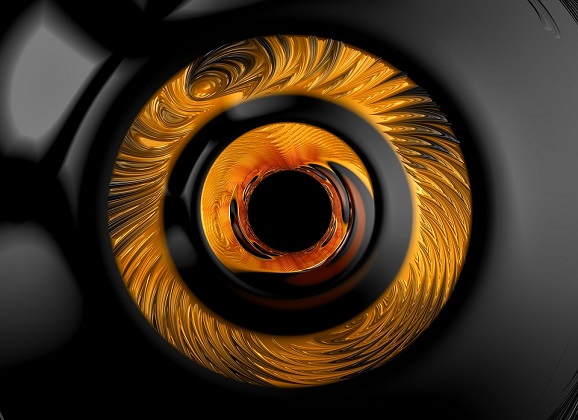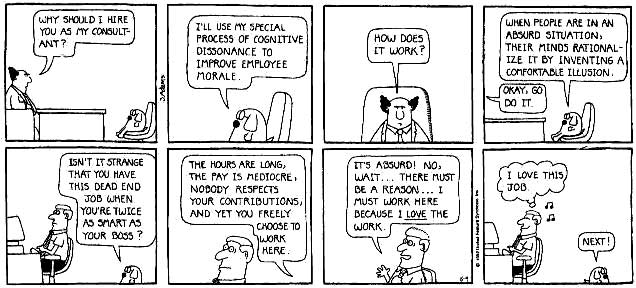Branding the Self
A product can be quickly outdated, but a successful brand is timeless. — Stephen King
 Although you may not have realized it, my last post came while I was traveling in Iceland. Alongside my dad and brother, we saw frozen waterfalls, ate the freshest of fish, and took a wrong turn into a snowy abyss we weren’t sure we’d return from. The anxiety BO was real that day.
Although you may not have realized it, my last post came while I was traveling in Iceland. Alongside my dad and brother, we saw frozen waterfalls, ate the freshest of fish, and took a wrong turn into a snowy abyss we weren’t sure we’d return from. The anxiety BO was real that day.
Even with the adventure, this latest trip felt unlike previous ones my brother and I had taken. I mean, when the natives spoke better English than us and drinks at the bar still cost about half my airline ticket, it felt like I had never left America.
But where were things different? The brands. With Te & Kaffi rather than Starbucks and Viking instead of Coors, I felt most out of place when strolling the grocery store aisles.
And that lost connection was more impactful than I expected.
SELF BRAND CONNECTION

In other words, wearing Nike or drinking Coca-Cola can serve to broadcast one’s identity and values, because these brands have become associated with those values themselves (and so we incorporate those brands into our self-concept).

In fact, researchers find that children as young as 7 and 8 already start to make these self brand connections. Usually, this is just a result of the child owning something of that brand (e.g., “I’m an Xbox kid!”). However, by the time children are 12 and 13, they’re already forming deeper connections with brands. By this age, they’re already thinking about brands as having “personalities” that symbolize group membership—which provides a natural link to their own self-images.
Even more impressive (or depressing?) is that these brand connections aren’t even limited to our species.
Just this year, researchers examined brand connections with rhesus macaques. In a series of trials, these researchers paired images of a specific brand (e.g., Adidas, Acura, Pizza Hut) with images of dominant versus submissive macaques.
Over a series of trials, the macaques began to show preferences for the logos that were associated with the positive image (i.e., the dominant monkey). Even more impressive, these brand preferences persisted even when there was no tangible reward for preferring that brand!
SELF BRANDING GONE BAD

A few years ago, Australia implemented a law where cigarettes were no longer allowed to be sold with their brand image associated with it. In which case, researchers wanted to know if this had any impact on smoking likelihood.
And indeed, the researchers found that the brand-less cigarettes resulted in greater intentions to quit smoking, more thoughts about quitting smoking, and ranking smoking cessation as a higher priority in their lives.
Without that self brand connection (e.g., “I’m a Marlboro guy”), even the act of smoking (which could serve that identity signaling function) became less appealing.
So, when it comes to your preferred brands in your own life, what do they say about you? And how do they influence your purchase intentions? While in Iceland, I personally found there was really only one brand I could identify with: idontspeakicelandic.
An Xbox Kid,
jdt
Everyday Psychology: Take a moment to think about one of your favorite brands. For example, are you an iPhone or an Android person? Within dichotomies like this, you may be an (e.g.) iPhone person for one of two reasons: You’re opposed to Androids or you actually support iPhones. Do you think basing your self brand connection on opposition versus support could impact your relationship with the brand differently? How would it influence the items you purchase or how you talk about the brand?
Acikalin, M. Y., Watson, K. K., Fitzsimons, G. J., & Platt, M. L. (2018). Rhesus macaques form preferences for brand logos through sex and social status based advertising. PloS one, 13(2), e0193055.
Chaplin, L. N., & Roedder John, D. (2005). The development of self-brand connections in children and adolescents. Journal of consumer research, 32(1), 119-129.
Wakefield, M. A., Hayes, L., Durkin, S., & Borland, R. (2013). Introduction effects of the Australian plain packaging policy on adult smokers: a cross-sectional study. BMJ open, 3(7), e003175.
*featured image from: https://memeburn.com/2012/02/21-tech-brand-tattoos-yahoo-google-apple-body-art/







